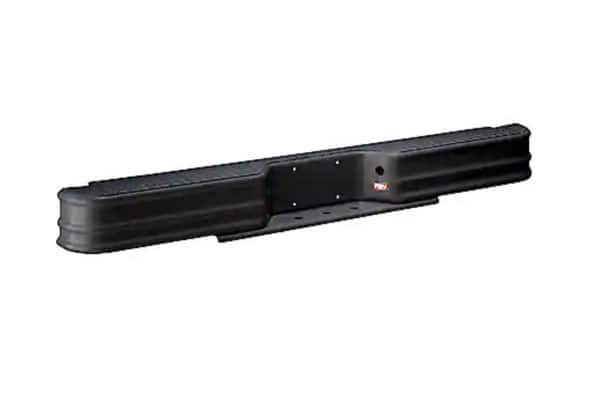
Source | Scott Umstattdt/Unpsplash
With a little patience, most minor auto body dent repair jobs can be done in your own driveway
No matter how careful you are with your vehicle, chances are that you'll experience the inevitable dents, scratches, and scrapes that come with everyday life. Professional body repairs can be expensive, but most drivers can successfully repair minor body damage and rust if they are willing to put in the time and effort. We recommend getting a book on bodywork that details the processes before starting any repair.
This is a good project for new DIYers
-
A good way to pull a dent, if you cannot bump it from behind, is to use a suction cup. Lightly tap around the dent’s edges while you pull.
-
When the damage has creased the metal, bump out the dent from behind as much as possible. Before applying body filler, you must grind the area to bare metal. Use an 80-grit sanding disc. It removes paint fast and provides a rough surface for good adhesion.
-
Mix the body filler according to the directions. Using a quality spreader, smooth out the filler as much as possible. This will save a lot of filing and sanding.
-
Use a sure-form file to smooth the body panel to the approximate shape. Make your strokes with the file on an angle (in both directions).
-
Finish smoothing the repair with a flexible sanding block and 80-grit sandpaper. Prime the area and reblock with 320-grit. Finish with 500-grit, then paint. Make sure your paint is a good match, especially if your vehicle's existing paint is oxidized and faded. Be patient with the painting—apply it in light coats and make sure there's plenty of time to dry in between applications of coats.
See more ideas on how to fix dents and scratches.







